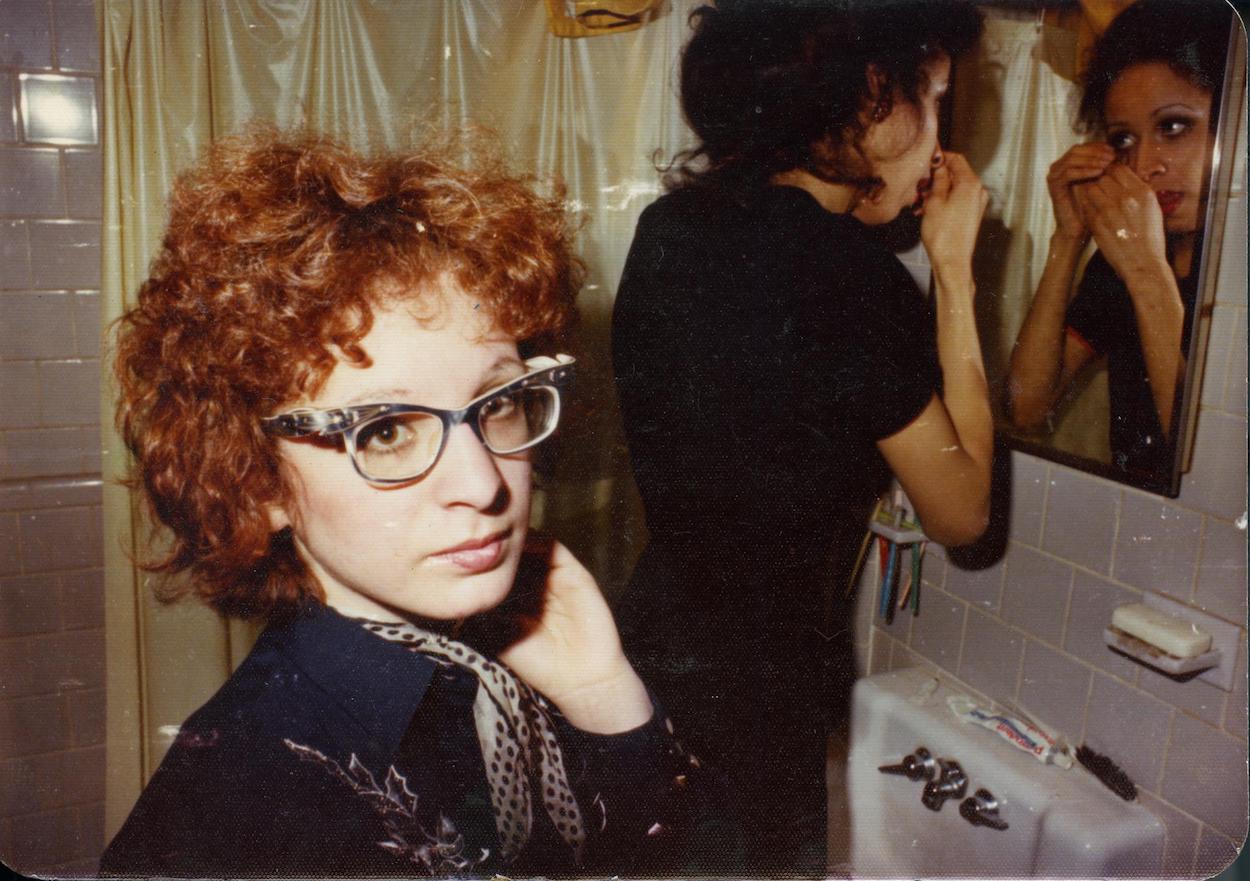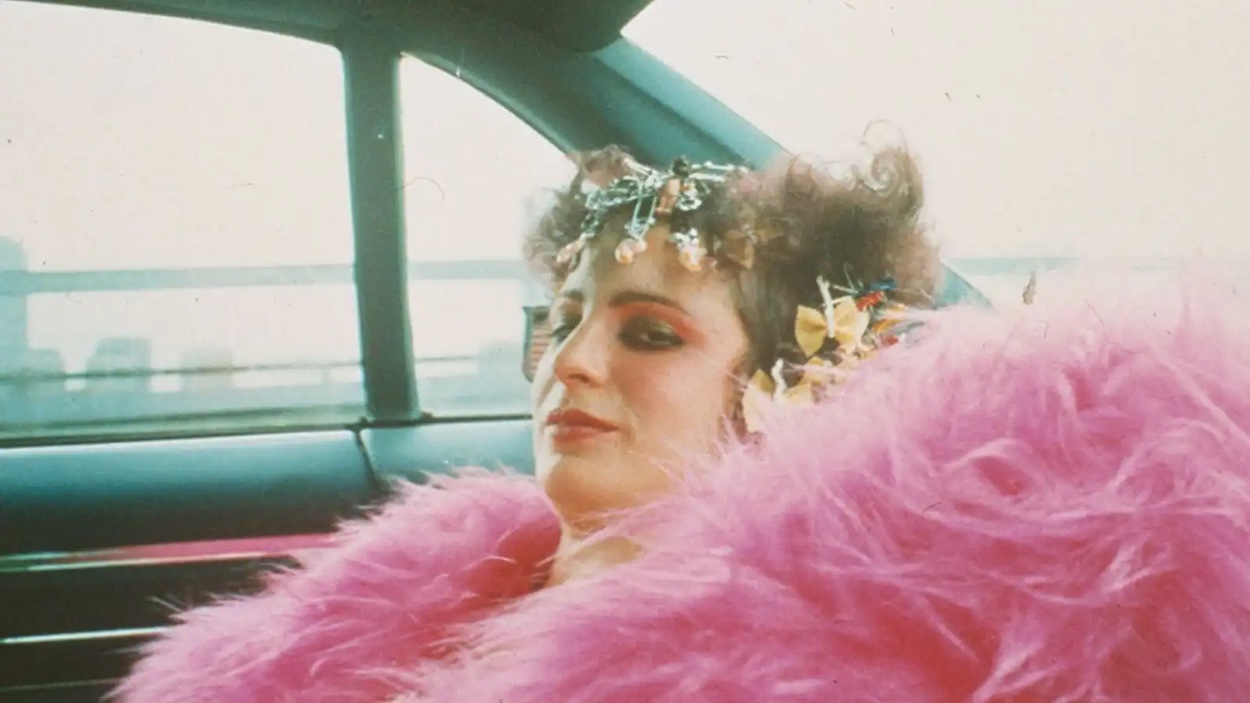In the 1970s, Nan Goldin was an inimitable fixture in New York’s downtown scene, documenting the “lawless bohemianism” of the city’s vibrant post-Stonewall gay subculture with snapshot photographs of hard drug use and violent relationships. Startling in their emotional candor, they appeared alongside autobiographical moments in her slideshow The Ballad of Sexual Dependency, perhaps her best-known work and a benchmark for confessional photography. But most of Goldin’s subjects, such as artist Greer Lankton and it-girl Cookie Mueller, were overdosing or succumbing to AIDS. At the tail end of 1989, Goldin organized “Witnesses: Against Our Vanishing,” a groundbreaking group exhibition at Tribeca gallery Artists Space that responded to the injustices of the burgeoning AIDS crisis.
The show’s philosophy speaks directly to Goldin’s defiant practice and foreshadows her late-career activism against the billionaire Sackler family for their involvement in Purdue Pharma, the manufacturer of OxyContin. Goldin, who was prescribed the drug after wrist surgery, became addicted overnight and almost died from a fentanyl overdose before battling through rehab. She soon launched a campaign called Prescription Addiction Intervention Now (PAIN) that contrasts the Sacklers’ lack of responsibility taken for the opioid crisis with their philanthropic contributions to art galleries, museums, and universities, which bear the family’s name. The protests called for those entities to forgo Sackler donations, finding their first success at the National Portrait Gallery in London after Goldin threatened to withdraw from a retrospective if they didn’t turn down a million-pound gift.
More victories ensued, capturing the attention of Academy Award–winning filmmaker Laura Poitras, who was aware of Goldin’s AIDS activism and volunteered to turn PAIN’s efforts into a documentary. That film, All the Beauty and the Bloodshed, which won the Golden Lion Award at the Venice Film Festival, enjoyed a wide release last week. Through an elegantly paced chapter format, the film chronicles PAIN’s momentum as it staged demonstrations and “die-ins,” starting at the Metropolitan Museum of Art’s famed Temple of Dendur exhibition, located in a gallery bearing the Sackler name. It ends on a hopeful note, celebrating the Met removing the Sackler’s presence—and Purdue Pharma filing for bankruptcy.
Though anti-Sackler protests are the hook, entwined within the film is a poignant look back into Goldin’s art-world emergence. It begins with her childhood in suburban Maryland—a traumatic period spent between foster homes and mourning her older sister, Barbara, who died by suicide at age 18. Through hundreds of original photographs presented in her signature slideshow technique and overlaid with her disarming narration, Goldin recounts first picking up a camera as a teenager and documenting her drag queen friends during a liberating stint in downtown Boston. She relocated to New York soon after, capturing fraught memories from the Bowery through daringly candid images of her party-all-night peers.
Because Goldin spent so much time behind the camera, much of All the Beauty and the Bloodshed focuses on her contemporaries—especially those who didn’t make it out of the AIDS crisis alive. Among them is David Wojnarowicz, the wryly funny artist whose controversial catalog essay for “Witnesses” came as a battle cry for an anguished, AIDS-ravaged subculture clamoring for a callous government to come to their protection. Poitras gracefully weaves in Goldin’s priceless footage from that era with PAIN’s recent die-ins, illustrating the plights—and eventual triumphs—of two marginalized groups fighting for their lives, against all odds, with unshakeable resolve.

